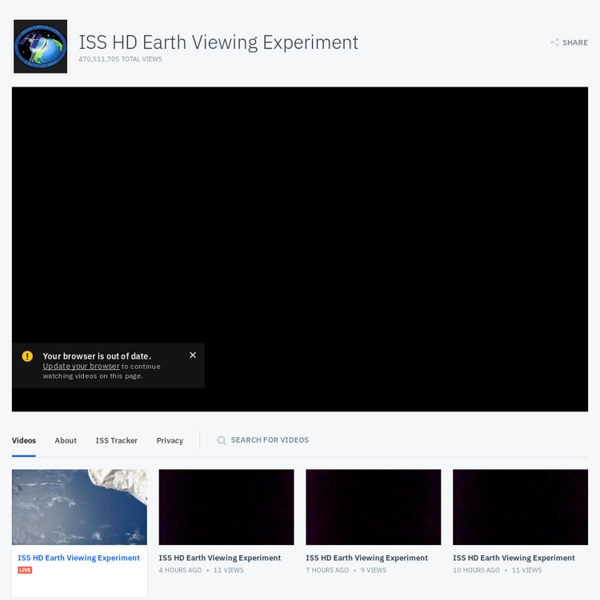



PocketSpacecraft.com | Open source open access personal space exploration l'univers et ses mystères au COMPLET en haute definition Les plus grandes explosions HD 720p / Nouveau documentaire science complet en francais by DocMeFiLDraGoN3 47,053 views Documentaire science issu de : l'univers et ses mystères ceci est l'episode 47Science documentary : the universe and its mysteries this is episode 47 Full documentary subscribe and like please thx With all the documentaries available on my channel, you can learn more about astronomy, space, time, matter and many answers to questions that may arise are all like: is it possible to see black holes, and then how the big bang emerged from the first moment (because that triggered ca can not be a supreme deity) scientists will tell you (the majority), the role of supernovae, constellations , nebulae, the speed of light, the moon, the galaxy, the Milky Way, the solar system, atoms, dark matter, dark energy (black), gravity (gravity), asteroids, stars, star clusters, the discoveries of Albert Einstein, the hubble satellite imagery and many others .
Choisir les bonnes jumelles Comment bien choisir ses jumelles ? Ce guide d'achat de jumelles se destine à toute personne désirant étudier, observer, découvrir des objets distants, aussi bien des objets de la nature (oiseaux) que des objets astronomiques (lune, planètes, galaxies). Si vous êtes pressé, vous trouverez à la fin de cet article un tableau avec une liste de jumelles que nous conseillons. J'ai également créé Pyxis, un outil qui peut vous aider à choisir vos jumelles: avec 7 questions simples, Pyxis vous propose de manière automatique une à trois paires de jumelles susceptibles de correspondre à vos attentes. Ou acheter ses jumelles ? Il existe pas mal de boutiques physiques pour acheter de bonnes jumelles, mais je recommande en général de les acheter par Internet : le choix est bien plus vaste, et il est assez facile de trouver de meilleurs prix que dans les magasins. Je vous recommande d'essayer optique-pro.fr, qui est un excellent revendeur. Un peu de technique Le grossissement 7x50, 10x50, 20x80...
Astro Bob | Celestial happenings you can see from your own backyard L'univers de l'astronomie 5 outils en ligne pour explorer le système solaire – Les Outils Tice Article mis à jour le 5 août 2015 par Fidel Navamuel Et si nous prenions un peu de hauteur ? Le net regorge de sites web, de blogs, d’articles et d’applications de toute sorte qui permettent de mieux comprendre ou de mieux faire comprendre notre système solaire. J’en ai retenu cinq. 5 ressources en ligne à partager pour découvrir et dimensionner notre bon vieux système solaire. JoshWorth Ce joli blog scientifique propose une representation graphique en ligne de notre système solaire qui permet de bien dimensionner les distances. SolarSystem Scope Beaucoup plus classique, ce site offre une navigation en 3 D de notre système solaire avec toute une série de panneaux d’information et différentes vues sur les planètes ou les étoiles. WorldWide Telescope Les géants du Web ne pouvaient pas passer à côté d’un terrain d’exploration comme celui-ci. Google Mars Beaucoup plus grand public, ce site propose par le géant Google permet de découvrir la surface de la planète rouge. Google Moon
Solar System Visualization Project Solar System Visualization(SSV) ProjectScience Collaboration Testbed (SCT) Task Significant and Additional Content: Mars Science Update - Mars: An Active Planet Today? Malin Space Science Systems Super Resolution Mars Pathfinder Pan by Tim Parker MVACS Processing flow diagram by David A. (Click image to see the entire diagram) Mars Polar Lander Demo Page Prototype DemonstrationsThe links and images which follow are "story-board" mockups of proposed web pages, tools, and environments.
60 milliards de planètes pourraient être habitables dans la Voie lactée Selon une nouvelle étude menée par des astronomes, les planètes orbitant autour de naine rouge et présentant une atmosphère nuageuse pourraient aussi être habitables. Ceci porte à quelque 60 milliards le nombre de planètes qui pourraient abriter de la vie dans notre galaxie, la Voie lactée. Alors que la quête de vie extraterrestre motive depuis des décennies de nombreux astronomes, on ne saura bientôt plus où donner de la tête pour la rechercher. En effet, les spécialistes viennent une nouvelle fois de revoir à la hausse le nombre de planètes susceptibles d'abriter la vie. Selon l'étude publiée dans la revue Astrophysical Journal Letters, ce serait en réalité 60 milliards de planètes qui pourraient être habitables dans notre Voie lactée. Avez-vous déjà partagé cet article? Partager sur Facebook Partager sur Twitter Pour en arriver à cette conclusion, les chercheurs se sont concentrés sur l'étude de planètes orbitant autour d'étoiles appelées naines rouges. Des nuages rafraichissants
Mystères de l'Univers et phénomènes astronomiques — Astronoo